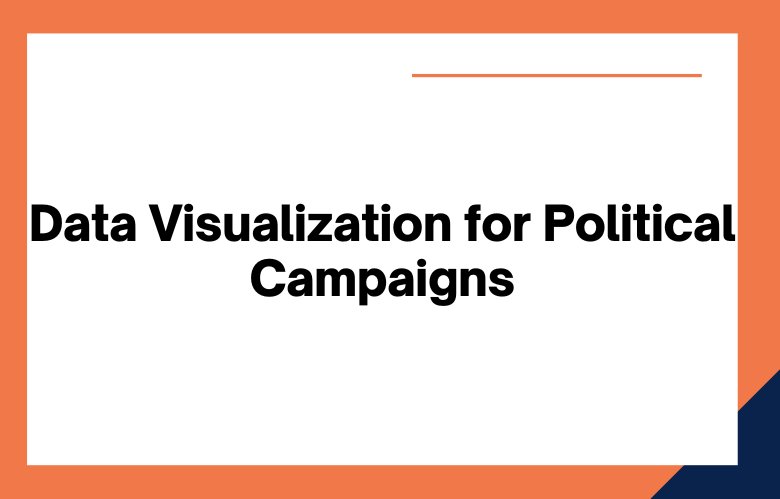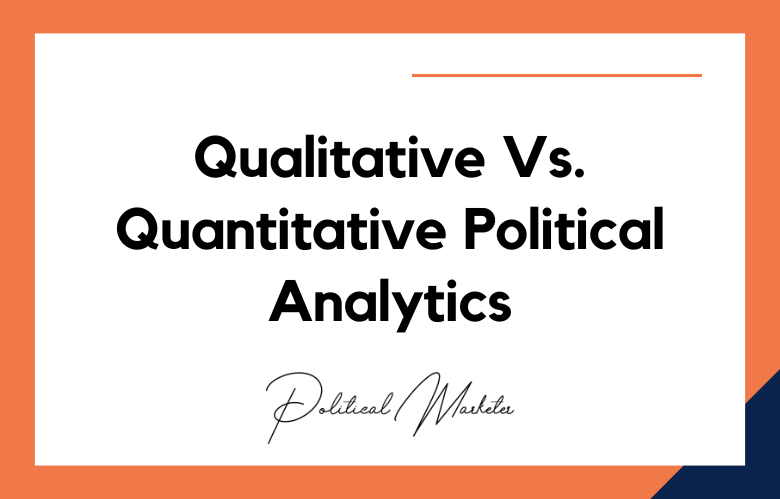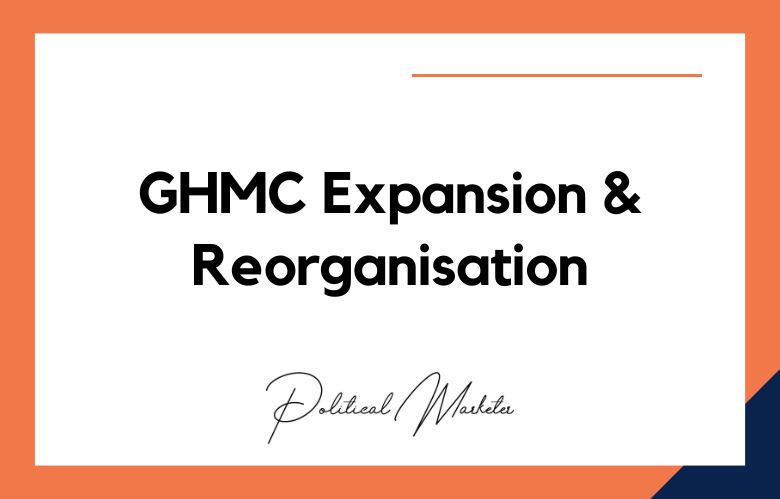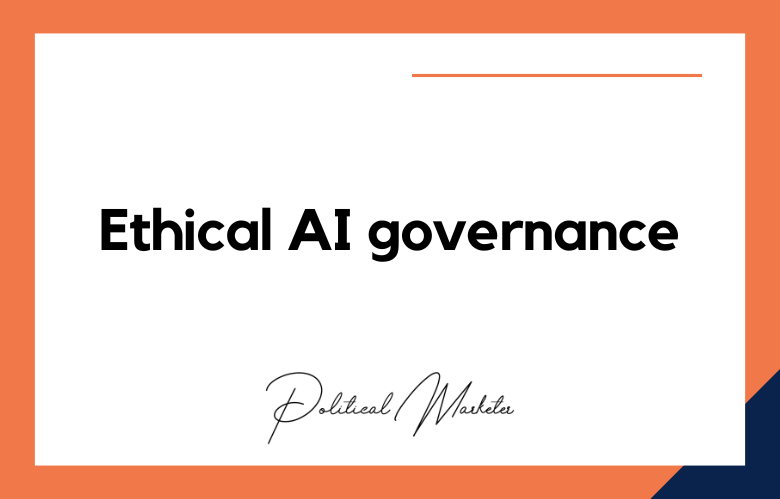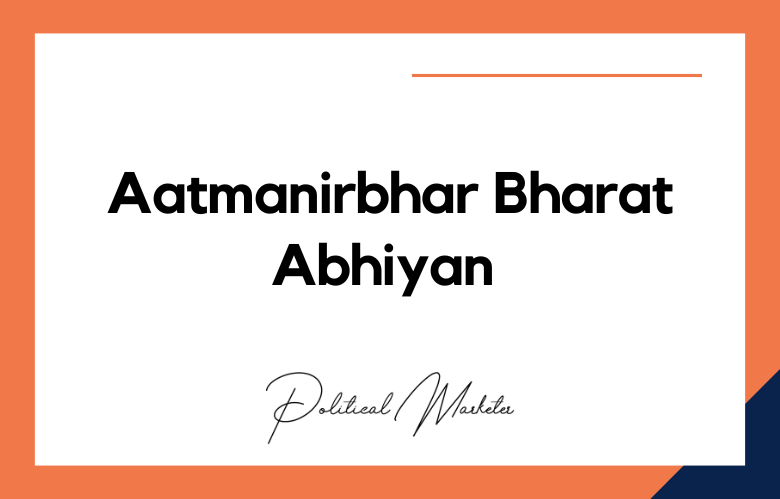Data visualization is an essential tool to have in your political campaign’s arsenal. It lets you make the most of your data, helping you present complex information in an easily digestible format. But with so many data visualization software available, which one should you choose?
We will examine some of the best data visualization software to help you get the most out of your political campaigns.
Best Data Visualization Software for Political Campaigns
Tableau Public
Tableau Public is excellent for creating interactive and static visuals for your political campaigns.
Unlike other tools, Tableau Public focuses solely on data visualizations and offers no analytics or reporting features.
The user tool is simple and easy to use, making it accessible even if you don’t have much experience with data visualizations.
Tableau Public also supports various file types, including Excel spreadsheets and .csv files.
Tableau Public offers an impressive selection of charts and graphs that can be customized to meet your specific needs.
Tableau Public is an excellent platform for creating interactive dashboards visually representing large amounts of data.
It allows you to quickly sort through massive datasets and create dynamic visuals for presentations or websites.
Tableau also provides a wide range of templates that allow users to quickly build stunning visuals without spending hours on design.
Tableau is the most popular data visualization software for political campaigns.
It offers a range of features that help campaign teams quickly analyze large datasets, such as interactive dashboards and customer segmentation capabilities.
Tableau provides users with various visualizations, from charts and tables to maps and images. It makes it easy for campaign teams to quickly understand complex datasets and make informed decisions about their strategies.
Infogram
Infogram is another popular choice regarding data visualization software for political campaigns.
The platform offers a wide range of templates explicitly designed for politicians and more general templates suitable for any project.
Infogram also has a comprehensive library of images that can enhance your visuals, making them more engaging and attractive.
Plus, the software integrates with other popular platforms such as Google Sheets and Dropbox, making it easier to upload your data quickly and easily.
Infogram is a powerful online tool that allows you to create engaging visuals to share with voters or donors easily.
You can upload your own data sets or connect directly with your existing databases, such as Google Sheets or Excel files, making it easy to generate accurate visuals in minutes.
Infogram also offers a library of pre-made templates for creating dynamic maps, charts, and graphs perfect for any political campaign.
Datawrapper
Datawrapper is ideal if you need something quick and easy yet powerful enough for complex projects.
The platform offers basic templates that are easy to customize according to your needs—no coding necessary! Datawrapper also supports multiple languages, so you can easily create visuals in any language that best suits your audience.
Plus, once you’ve created a visualization using Datawrapper, you can quickly share it across multiple platforms, such as social media or websites, without additional effort.
Datawrapper is another excellent option for creating compelling visuals from complex datasets.
Its easy-to-use interface makes it simple to create professional-looking graphics even if you don’t have any design skills.
Datawrapper integrates with major platforms like WordPress and Squarespace so that you can embed your graphics into your website or blog post without hassle.
Microsoft Power BI
Microsoft Power BI is another powerful data visualization software for political campaigns.
It offers various features designed to help users analyze and visualize data more effectively, including advanced analytics and machine learning capabilities.
With Power BI, users can create beautiful visuals that provide real-time insight into their data.
They can also share their insights with team members via interactive dashboards and reports. It makes it easier for everyone on the team to stay up-to-date on critical metrics while making better decisions faster.
Microsoft Power BI is another popular choice for political campaigns.
It offers sophisticated data visualization tools designed to help you tell stories with your data and engage with voters more effectively.
You can use Power BI to create interactive charts, graphs, and maps that bring your message home in a visually appealing way.
It also includes natural language processing capabilities that allow users to ask questions about their data in plain English and get instant answers.
Google Data Studio
Google Data Studio is a free online tool that allows political campaigns to take place in real-time.
It offers an intuitive user interface that enables users to quickly create attractive visuals with little effort or technical know-how required.
Google Data Studio also allows users to easily share dashboards and reports with other team members or external stakeholders, making it easy for everyone involved in the campaign to stay up-to-date on key performance metrics or trends.
QlikView
QlikView is yet another powerful tool many political campaigns use to visualize their data in new ways.
Its intuitive user interface makes it easy for users to quickly generate compelling visuals from their datasets with just a few clicks.
QlikView also features advanced analytics capabilities that enable users to gain deeper insights into the underlying drivers behind their metrics and better understand how different variables interact over time.
The Impact of Data Visualization on Political Campaigns: A Analysis
The impact of data visualization on political campaigns has become increasingly significant as the volume of data available to campaign strategists grows exponentially. In an age dominated by digital communication and information overload, the ability to effectively parse, interpret, and present data can distinguish between a winning campaign and one that fails to connect with voters.
Data visualizations simplify complex information, making it more accessible to campaign teams and the public. Still, they also facilitate strategic decision-making through more precise insights into voter behavior, preferences, and trends. This introduction will explore how data visualization is reshaping political campaigns, enhancing everything from voter outreach strategies to resource allocation and ultimately influencing the fabric of electoral strategy in the digital era.
Data Visualization Trends to Watch for Political Campaigns in 2024
As political campaigns gear up for the 2024 elections, data visualization will play a pivotal role in strategy formulation and voter engagement. Here are vital data visualization trends that political campaigns should watch for:
- Interactive and Real-Time Data Dashboards: Campaigns will increasingly use interactive dashboards, allowing users to explore data in real time. This not only aids internal team decisions but can also engage voters by making campaign insights more transparent and interactive.
- Advanced Geospatial Mapping: Geospatial data visualizations will become more sophisticated, providing campaigns with detailed maps that overlay demographic data, voting patterns, and campaign activities. This can help pinpoint where to focus canvassing efforts or where a candidate must publicly appear.
- Predictive Analytics and Scenario Visualizations: More campaigns will utilize predictive models that forecast election outcomes based on current data trends. Visualizing these predictions through scenarios will help campaigns prepare for different electoral outcomes and adjust strategies accordingly.
- Mobile Optimization: As people increasingly use smartphones, data visualizations must be optimized for mobile viewing. This ensures that campaign workers and voters can access information on the go, fostering greater engagement.
- Augmented Reality (AR) Campaign Materials: AR offers new ways to engage with voters. By scanning a poster or flyer with their phone, voters could access dynamic data visualizations that provide deeper insights into the campaign’s goals or the candidate’s achievements.
- Sentiment Analysis from Social Media Data: Visualizations that analyze sentiments expressed on social media platforms will be crucial. These will help campaigns gauge public opinion trends and adjust their communications strategy in real-time.
- Personalized Data Visualizations: With the rise of machine learning, campaigns could generate personalized visual content based on individual voter data. This would help send targeted messages that resonate personally with voters, increasing engagement and support.
- Enhanced Accessibility Features: Ensuring data visualizations are accessible to people with disabilities will be a critical trend. This includes screen reader compatibility, color-blind-friendly palettes, and simple, interpretable designs.
Data Visualization Dos and Don’ts for Effective Political Campaigning
In the digital age, effective political campaigning increasingly relies on the strategic use of data visualization. This powerful tool can transform raw data into clear, actionable insights, helping campaigns communicate complex information swiftly and persuasively to a broad audience. However, the impact of data visualization depends heavily on its execution.
As political teams prepare for upcoming elections, understanding the dos and don’ts of data visualization is crucial to maximize its benefits and avoid potential pitfalls. This introduction will explore essential best practices and common mistakes in creating and using data visualizations, guiding how to leverage this technology to craft compelling narratives, engage voters, and drive strategic decisions in political campaigning.
Conclusion
No matter what type of political campaign you’re running or how complex the underlying data is, there’s sure to be data visualization software that meets all your needs—from Tableau Public and Infogram to Datawrapper!
Each offers unique features designed specifically for political campaigns, so take some time to explore each option before deciding which one is right for you!
Data visualization software is essential for any political campaign looking to maximize its impact on voters during an election season.
By leveraging the power of these powerful tools, you can make sense of complex datasets quickly and easily and communicate key messages more effectively than ever!
Check out Tableau Software, Microsoft PowerBI, and QlikView today—they are surefire ways to make your campaign visible online!
Running a political campaign is a marathon, not a sprint—and the data collected throughout the race tells a story.
It’s essential to consider all aspects of the data collection process to maximize your data visualization for political campaigns.
It includes everything from collecting data points to presenting them in an easily digestible way for your team.
Understanding these key components allows you to create stunning visualizations to help your team make informed decisions about strategy and tactics moving forward.
If you need assistance making sense of your data or creating beautiful visualizations, contact our team of experts today. We specialize in helping campaigns make the most of their data so they can win on election day.
Call: +91 9848321284
Email: [email protected]

